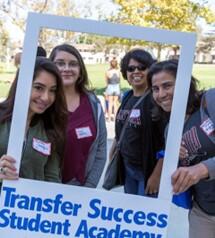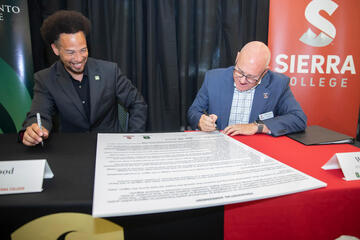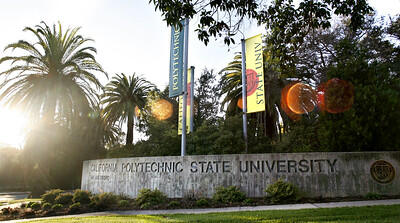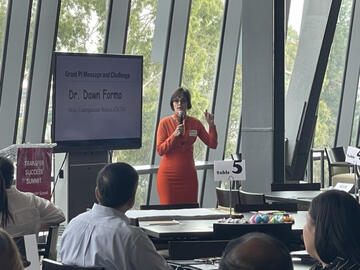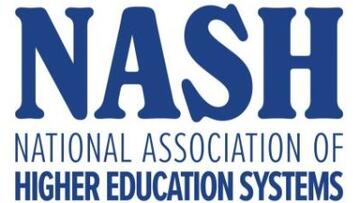CCC-
CSU Transfer Collaborative
Thanks to grants from the CSU Chancellor's Office and College Futures Foundation, the CCC-CSU Transfer Collaborative (the Collaborative), seven California State Institutions (CSU) and ten California Community Colleges (CCC), came together originally as Transfer Success Pathways. This planning grant provided the opportunity for California transfer practitioners to come together to identify barriers to transfer success for California transfer students.
Only 19% of CCC students intending to transfer reach that goal within four years, and 28% do so within six years (Public Policy Institute of California, September 2020). Data also suggests that too many underrepresented minorities (URM), first generation, and Pell-grant eligible students (a proxy for low-income) do not make it through the transfer gate. This grant supports the Collaborative’s work in developing a plan to change that.
The Collaborative has engaged in deep data-dives to identify transfer challenges that impact significant numbers of students. One of the goals of this grant has been to identify the structured cultural underpinnings of barriers, generate sensible solutions, and elevate the findings and recommendations to higher education and government entities across California.
Led by the grant PI, Dr. Dawn M. Formo, Dean of Undergraduate Studies at California State University, San Marcos, the work of the Collaborative has been buttressed by national leaders in transfer work, Sova This link will take you to an external website in a new tab. and Student-Ready Strategies This link will take you to an external website in a new tab. (SRS). They have partnered with the Collaborative to facilitate and guide the teams, conduct research, and facilitate data collection. Importantly, Sova and SRS have also engaged in significant California work related to higher education and transfer such as AB928 and AB1111 legislation all of which has contributed to the Collaborative’s work.. Strong support from Sova and SRS, with significant time and effort dedicated by Collaborative members, created valid recommendations while gaining valuable insight into the barriers preventing student transfer success.
The Collaborative members engaged in formal meetings in addition to the many hours spent on campus and working with CCC-CSU partners:
- A 6-hour in-person Transfer Summit during which relationships were built and intersegmental ideas were born.
- Six Framework Development Team meetings (9 hours) with campus representatives guiding the work of the Collaborative and exploring overarching ideas such as data and social mobility, connections to AB928 and AB1111, and single ADT opportunities.
- Four Solutions Development Workshops (8 hours + team time outside of workshops) consisting of five teams of Collaborative members to address critical barriers to transfer students, analyze the roots of the barriers, and develop impactful and scalable solutions.
- Five Campus Leads Meetings (7 hours) where CCC and CSU campus leads developed initial plans for the Collaborative and Transfer Summit to lay a foundation for future work.
- Eight single-ADT Faculty Meetings (8 hours) with partnering CSU faculty from Biology, Business, and Sociology, and Articulation Officers joining forces to explore and develop drafts of a single-ADT that would serve students from all CCCs in the Collaborative transferring to all CSU campuses in the Collaborative. Faculty departments spent multiple hours providing information, reviewing proposals, and providing feedback.
- Three Data Meetings (5 hours) during which Institutional Researchers and data experts explored the access to data and data-sharing MOUs. Through these collaborative efforts, challenges to data sharing and availability were identified and data sources explored.
The work is purposeful, thoughtful, and timely. Clear calls from California leadership compel the CCC and CSU collaborative to increase bachelor degree completion in California to meet the economic needs of the state and to increase social mobility for California’s underserved communities.
